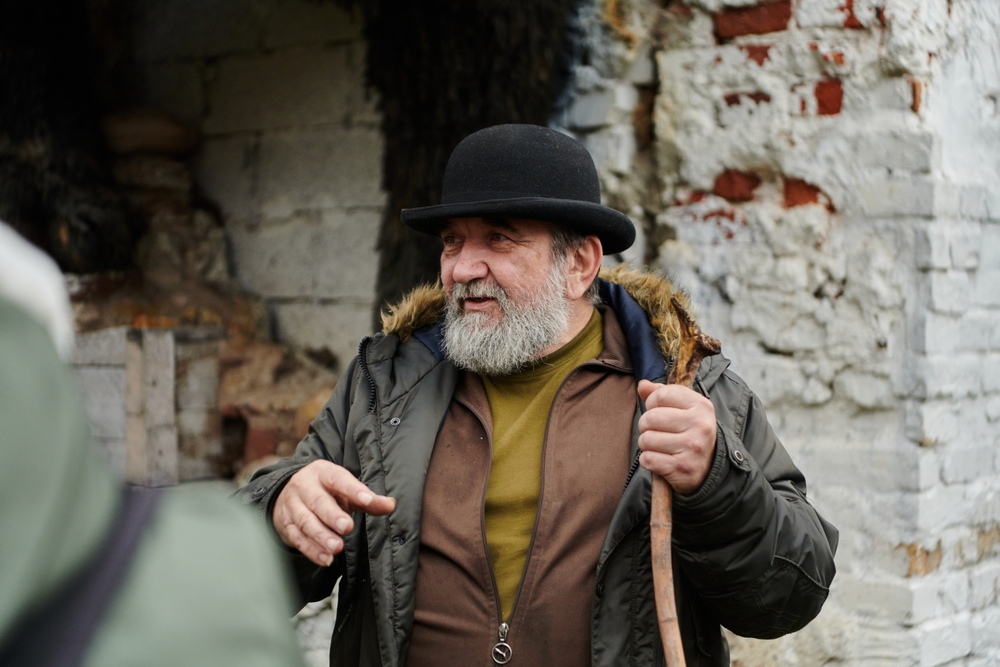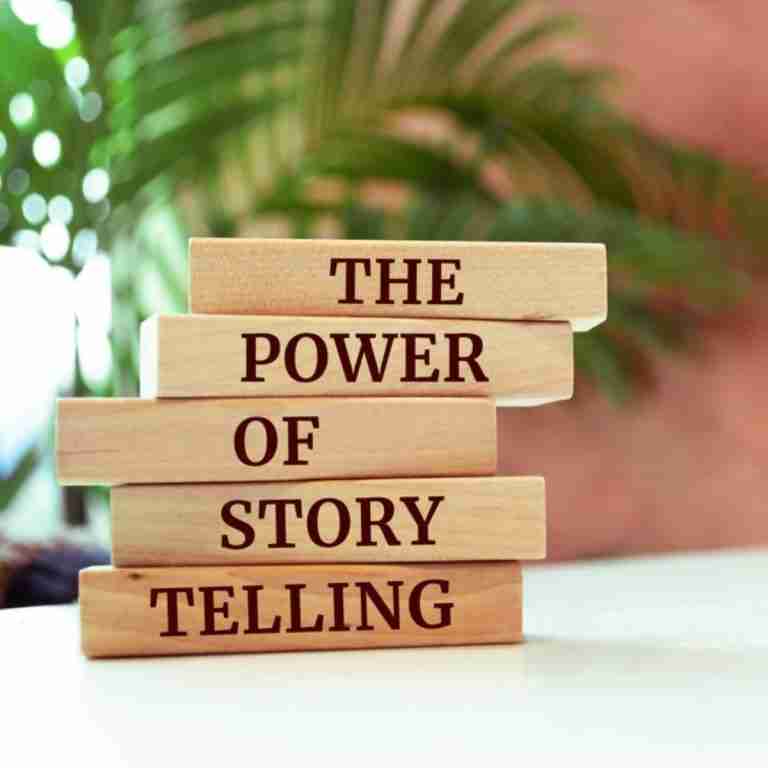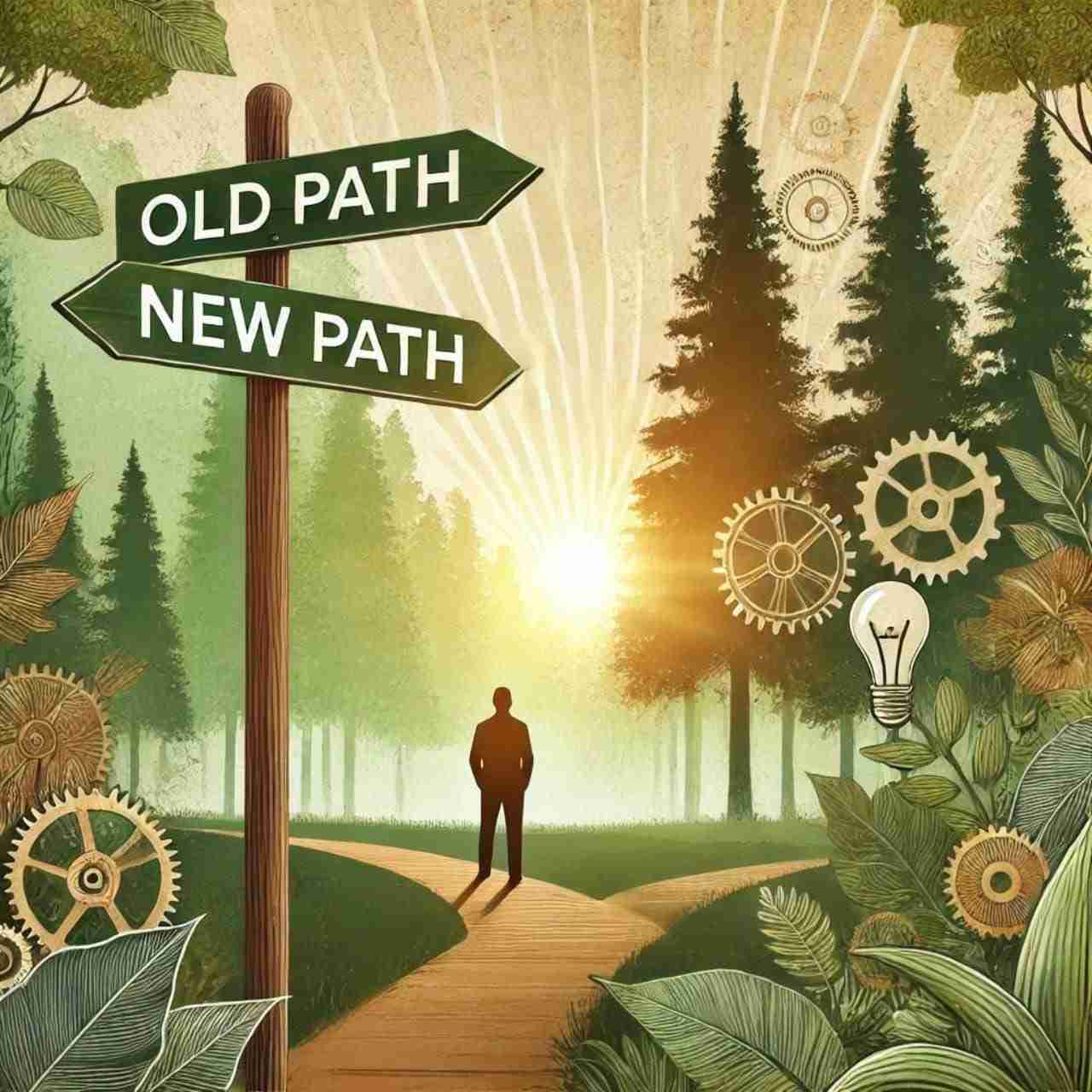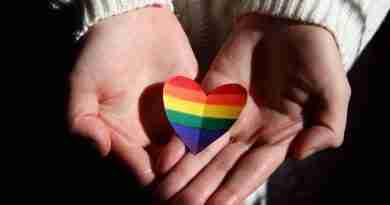Tell Your Story: A Powerful Way to Heal and Unite Us All
When you tell your story, you help to heal yourself and the collective heart of the world. Your story is one of the 8 billion stories that exist on earth today, and each story is a thread.
All the threads are unknowingly and inextricably linked, woven together into the tapestry that is the human experience.
Storytelling is an integral part of human culture and communication and has been since the dawn of time. It’s a way to connect, share, learn, and become better. Today is no different.
Stories are deeply important to our individual and cultural healing, which is why, in a world full of trauma, it’s more important than ever to tell your story.
Personal Healing through Storytelling
At the individual level, storytelling serves as a space for personal healing and growth. Psychologically, forming a narrative helps someone make sense of an experience, providing a structure to chaotic and often overwhelming life events.
Storytelling is deeply intertwined with the concept of catharsis.
Aristotle first introduced the idea of catharsis in the context of tragedy in theater. He believed that by watching tragic plays, individuals could experience a purging of their negative emotions.
Similarly, when individuals narrate their own stories, especially those involving hardship or trauma, they engage in a process of emotional release, which can be profoundly healing.
According to narrative therapy, stories shape our identities, and the act of narrating one’s life experiences can be therapeutic.
An approach founded by Michael White and David Epston in New Zealand in the 1980s, narrative therapy says that by re-authoring these stories, individuals can find new meanings and perspectives on their life events, which is a critical step in overcoming trauma and adversity.
Psychologists have found that expressive writing, where individuals write about their deepest thoughts and feelings, can lead to significant improvements in both physical and mental health.
When telling stories or writing them down, it’s hard not just to describe what happened.
But when you’re writing, remember, it is about how the experience felt emotionally, how it affected you, and how you changed because of it. This practice, effectively storytelling, has been linked to improved immune function, reduced stress levels, and better emotional well-being.
Storytelling for Societal Healing

On a grander scale, storytelling also plays a crucial role in healing on a societal level. Stories have the power to foster empathy, understanding, and connection among individuals.
By sharing personal narratives, especially those that involve overcoming adversity or injustice, storytellers can inspire solidarity and collective action.
Moreover, storytelling is a vital tool in promoting diversity. In a multicultural society, stories from different cultural backgrounds humanize the struggles, raise awareness, garner support, and promote tolerance and understanding.
This cultural exchange through storytelling helps break down stereotypes and prejudices, fostering a more inclusive and healthier society.
In recent years, digital storytelling has emerged as a powerful medium for societal healing. Social media platforms and online communities like Resilient Stories have provided people with spaces to share their stories with a wider audience.
Campaigns like #MeToo have shown how storytelling can be a form of activism, bringing attention to issues like sexual harassment and assault. By telling their stories, survivors have not only found personal healing but have also created a movement that seeks to change societal norms and promote a healthier, more respectful society.
Tell Your Story: The Connection Between Personal and Societal Healing
The interplay between personal and societal healing through storytelling is significant. Personal narratives often reflect broader societal issues. For instance, stories of personal struggle with mental health help highlight the need for better mental health services and reduce cultural stigmas.
Similarly, stories of overcoming addiction can shed light on the societal factors contributing to the problem and encourage more compassionate and effective public policies.
This is why when you tell your story, you add to the collective healing of society.
How Human Communication Mimics That of Cells Within the Body

Human connection and cellular connection within the body, while fundamentally different in nature, share several intriguing similarities in terms of communication, network complexity, adaptability, and resiliency.
Despite the vast differences in scale and context, understanding one can provide insights into the other, reflecting the underlying principles that govern many forms of connection and communication in the natural world.
For humans, like cells, being connected to one another is the quickest way to become healthy, stronger, and happier as individuals. When you tell your story, you form those necessary connections and create a community for talking, teaching, being heard, and receiving hope.
A network of friends whose lives course together over words and writing, many people describing one person, offering love, encouragement, and hope.
Communication networks are the basis for maintaining balanced systems. People interact and communicate through various means like language, gestures, and emotions. This forms the basis of human society, allowing for the exchange of ideas, feelings, and information.
Cells communicate through chemical signals like hormones and neurotransmitters. This communication is vital for coordinating activities across the entire body, the movement of information, and the regulation of homeostasis.
How Human and Cellular Communication Overlap
There are several ways in which the processes of human communication and cellular communication overlap. Thus, the positive aspects and benefits of this communication can be applied to both as well.
Humans and cells communicate similarly in the following ways:
1. Forming Complex Networks
- Human: Human relationships form intricate networks where each individual can impact and be impacted by numerous others. These networks are dynamic, with relationships constantly evolving and adapting.
- Cellular: Similarly, the body’s cellular network is incredibly complex. Each cell can influence and be influenced by many others, and the system is dynamic, constantly responding to internal and external changes.
2. Adaptability and Learning
- Human: Over time, individuals learn and adapt their behavior based on past interactions and experiences. This ability to learn from the past and adapt to future interactions is crucial for developing stability and resiliency.
- Cellular: Cells also adapt to their environment and past signals. For instance, they can become desensitized to a constant stimulus or heightened in response to a new one. This adaptability is key to resilience, allowing both systems to adjust to and recover from disturbances.
3. Error and Correction Mechanisms
- Human: Misunderstandings and miscommunications are common in human interactions, but there are also mechanisms for correction, such as feedback and clarification.
- Cellular: Similarly, cellular signaling pathways have checks and balances to ensure correct communication. When errors occur, such as in genetic mutations or misfolded proteins, cells attempt to correct these through various repair mechanisms.
Just as we see in cells, human communication allows for the sharing of knowledge and experiences.
Learning from others’ successes and failures helps individuals and communities avoid past mistakes and adopt best practices, making them more resilient to future challenges.
Strong social networks provide emotional support and practical assistance during tough times. This support can significantly reduce stress and improve mental health, contributing to overall resilience.
Tell Your Story, But Remember No Healing Tool is Perfect
While storytelling is a powerful tool for healing, it is not without its challenges. For the storyteller, recounting traumatic events can be re-traumatizing.
It is essential to create a safe and supportive environment for storytelling, especially in therapeutic or educational settings, which is exactly what we aim to do at Resilient Stories.
Additionally, the listener’s (or reader’s) role is crucial. Empathetic listening(reading), without judgment, is key to facilitating healing through storytelling.
Real-life events are complex, and reducing them to a single narrative can sometimes lead to misunderstandings or misrepresentations. It is important for storytellers and listeners alike to acknowledge and appreciate the complexity and nuances of personal narratives.
Storytelling for Our Personal and Collective Healing

Storytelling is a bridge between personal and societal healing. It provides individuals with a means to process and find meaning in their experiences, promoting personal growth and well-being.
On a broader scale, storytelling fosters empathy, understanding, and collective action, contributing to a healthier and more inclusive society.
As we move forward in an increasingly interconnected world, the art of storytelling will continue to be a vital tool in promoting both personal and societal health.
Thank you for sharing your stories at Resilientstories.com. We are honored that you trust us with your words and promise to always hold sacred space for anyone and everyone who wants to tell their story.
If you want to tell your story at Resilient Stories, click here.
Frequently Asked Questions on How To Tell Your Story
Why you should tell your story?
Every experience is unique. As you tell your story, you share perspectives and ideas that will broaden the knowledge of everyone who reads it. This helps others to become better at understanding.
How do you tell someone your life story?
You might wonder, ‘How can I tell my life story?‘ Think about conveying your identity through answering questions.
Which parts of your life story are important to you, and why? Is there a moment a that stands out as the starting point? What are your relationships like with the people in the story? Can you identify the hardest part of your struggles? What are the areas where you learned the most?
All these things can help develop and transform a story into a moving, inspiring lesson for someone else; keep them in mind when you tell your own story.
What are the 4 types of storytelling?
Storytelling can be oral, digital, visual, or written. To that point, many other storytelling styles exist, too, like music, dance, and poetry. Find what type of narration feels right for you!










Beautifully said!